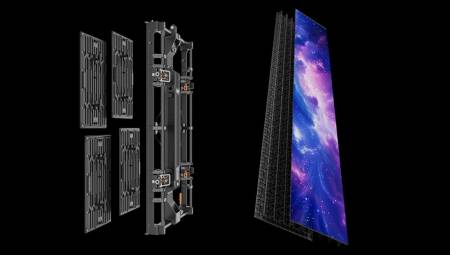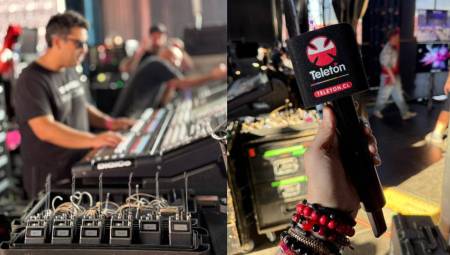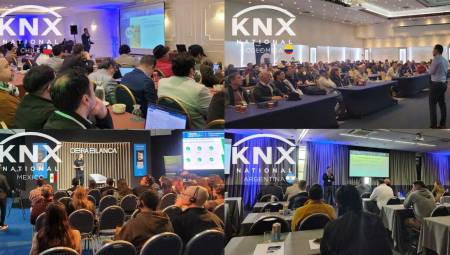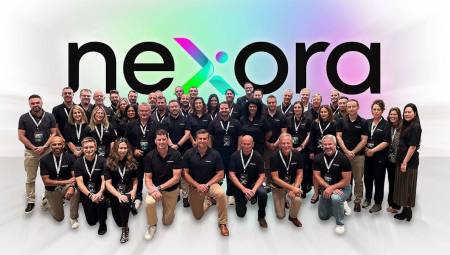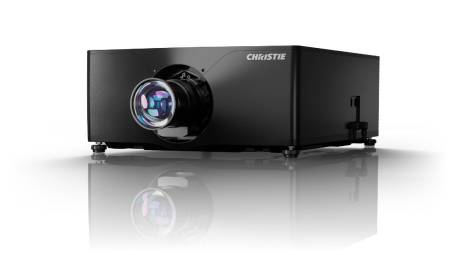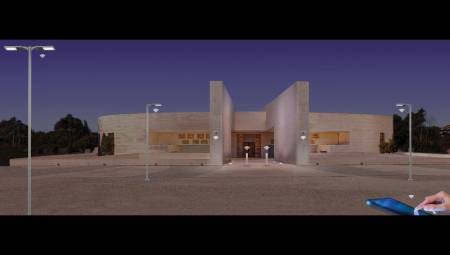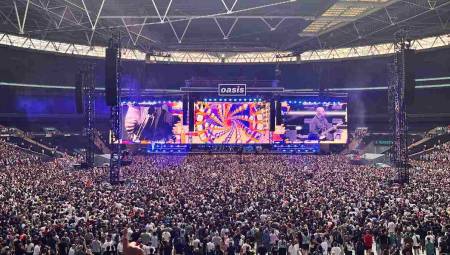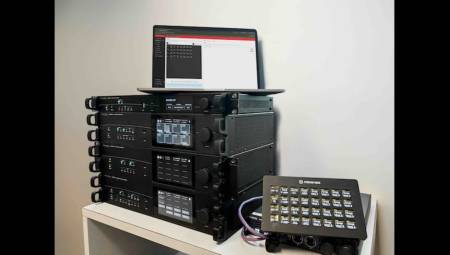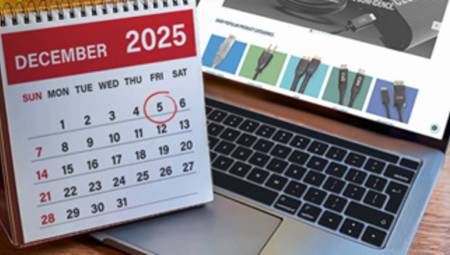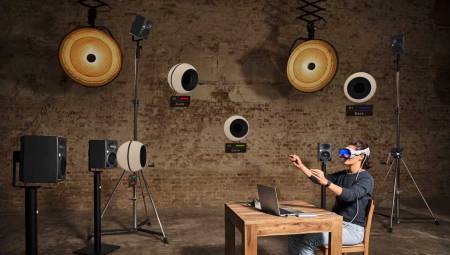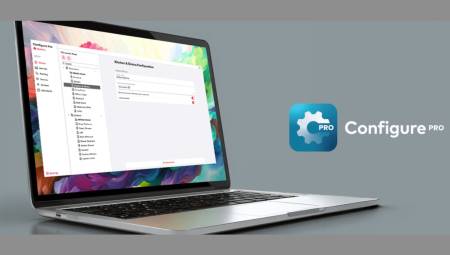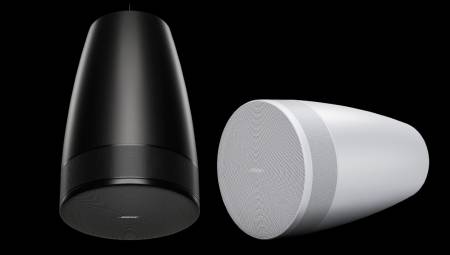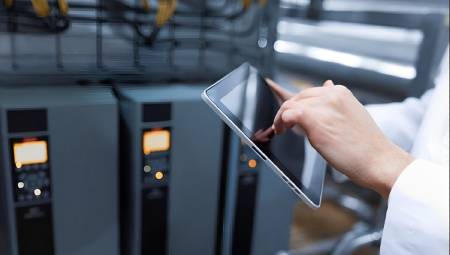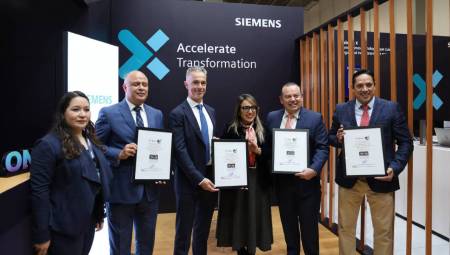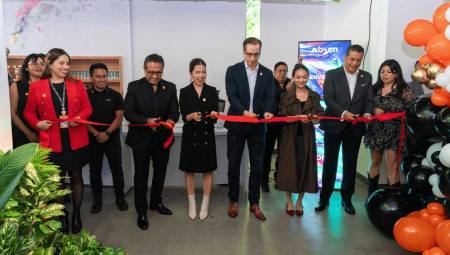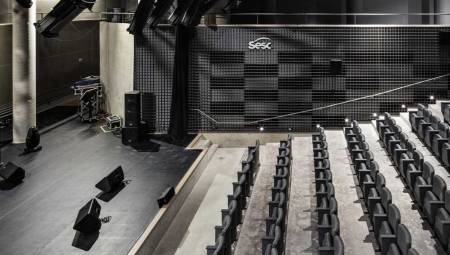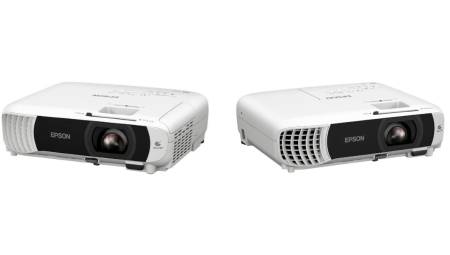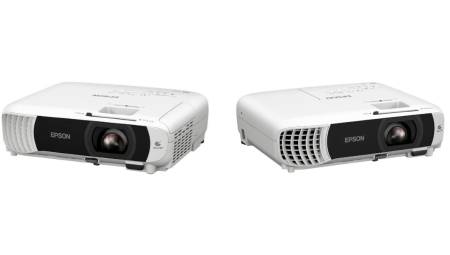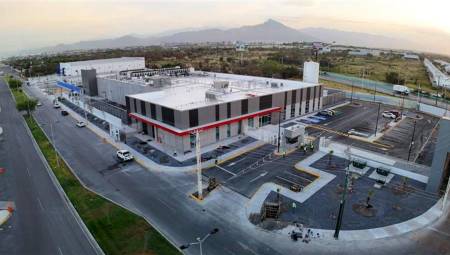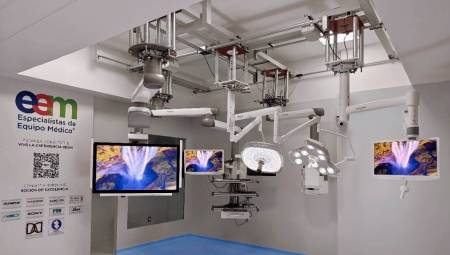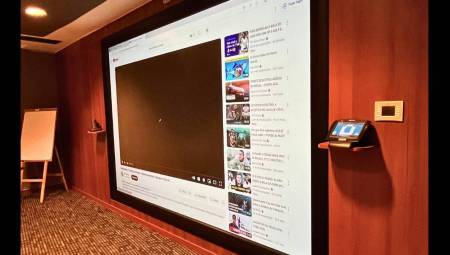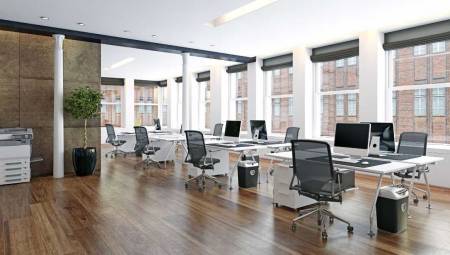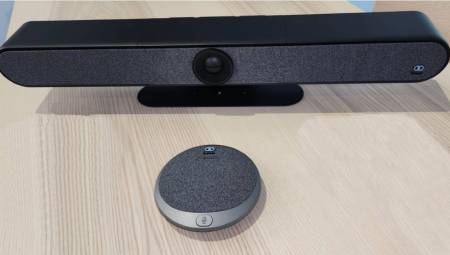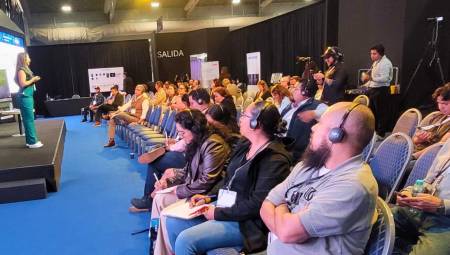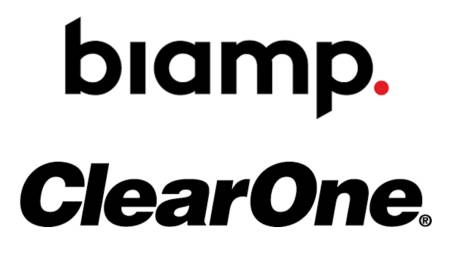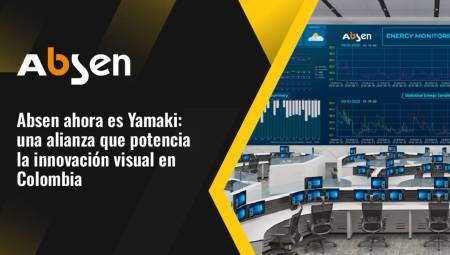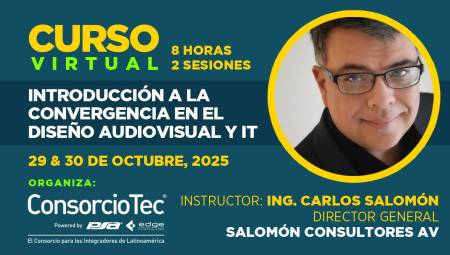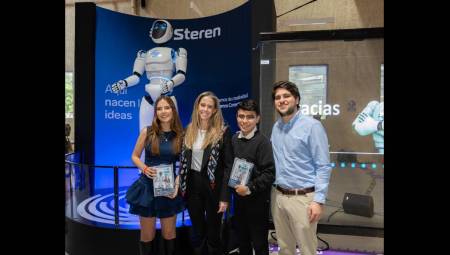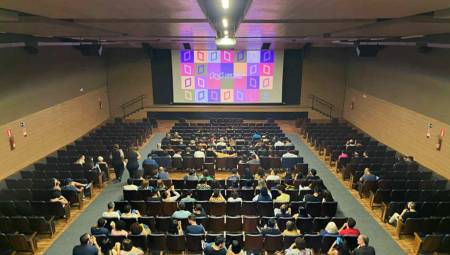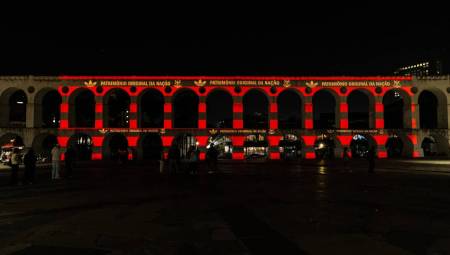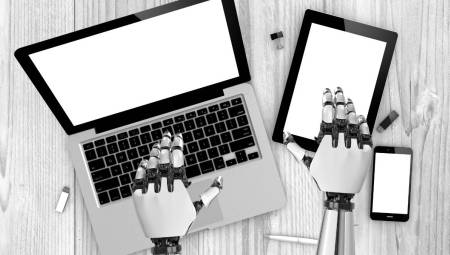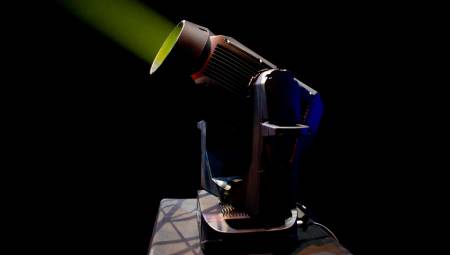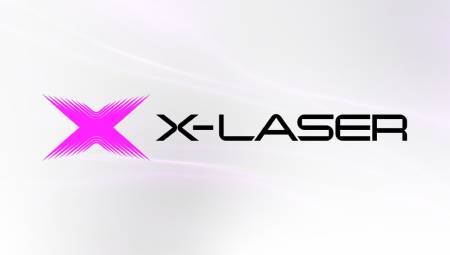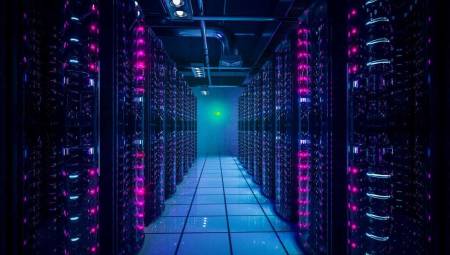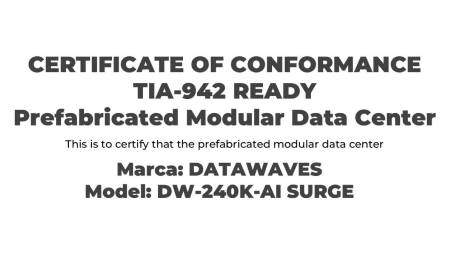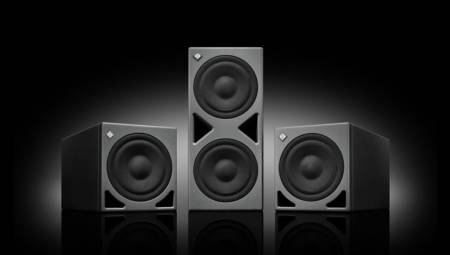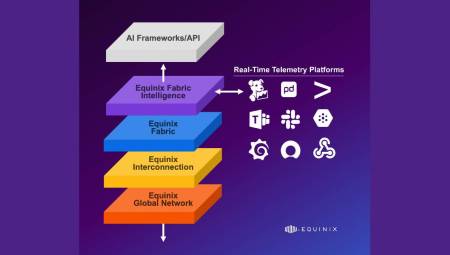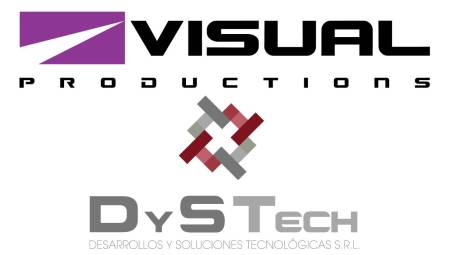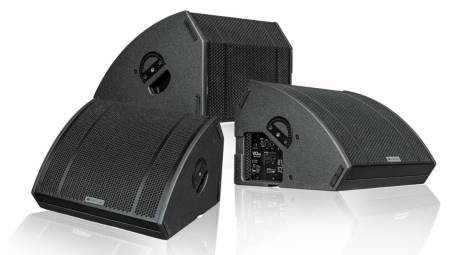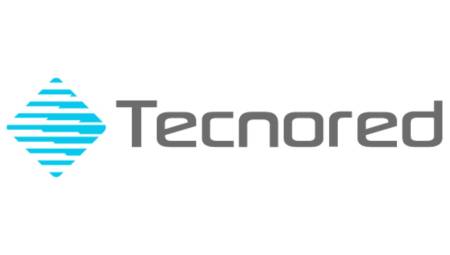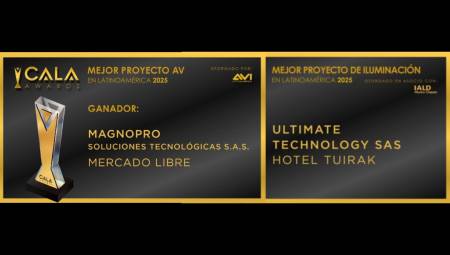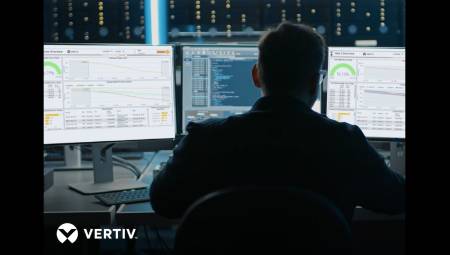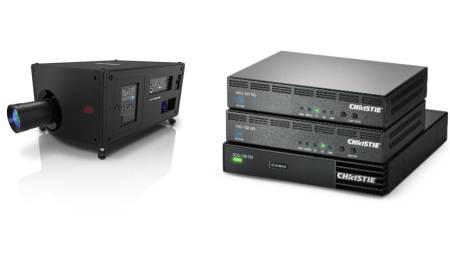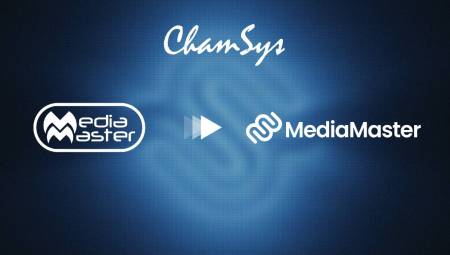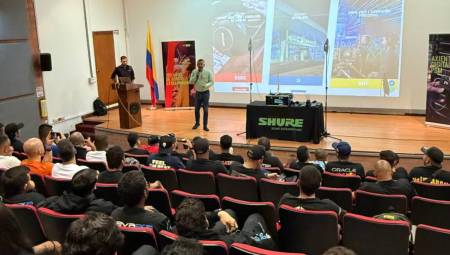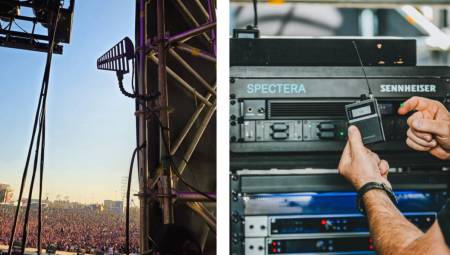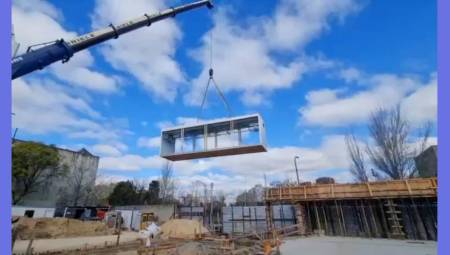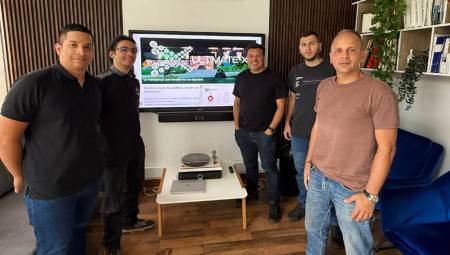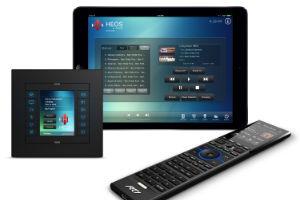 Today's automation market is experiencing a proliferation of consumer applications offered by most cable and utility companies.
Today's automation market is experiencing a proliferation of consumer applications offered by most cable and utility companies.
By Scott Kelley
More and more people are turning to their smartphones and tablets to achieve what they want in their homes. This trend is positive for the custom installation industry, as it generates enormous enthusiasm among consumers and interest in everything related to control and automation.
However, consumers can't live on apps alone. For end users, the main concern is simplicity, they want a system that does not require training, installation or maintenance. In addition, they do not want to have to open separate applications just to be able, for example, to control the volume of the TV, turn on the heating and close the blinds. Mass consumption app solutions can control some aspects of a home, but there's no one solution that can control them all, so they basically just replace a coffee table full of remotes with a neater, but app-packed smart device. There may be an application for the HVAC system, one for security, one for lighting, and so on.
In short, the main function of an integrated control system is to allow the user a simple and convenient control of different systems. However, having a device with many apps simply replaces one form of crowding with another. As systems become more interconnected and complex, the quality of the end-user experience can decrease with every new application whose operation they need to learn, every icon they need to remember, and every page they need to turn, all just to carry out the basic functions.
Order in chaos
A control system installed by professionals (with a control processor at its core that functions as the brain of the operation operation) puts order in the chaos that is created by having several applications. With such a system, all those separate applications are unified into a single application programmed according to the specific needs of each customer and their particular environment. That centralization translates into a better user experience. What's more, when programmed correctly, a centralized control system installed by a professional allows anyone to choose the device and control all of their home automation with confidence.
Even if you have the best designed and programmed control system, relying solely on smart devices and applications has its limitations. On the one hand, because people use their handheld devices to play games, read books, listen to music, and much more, there is no guarantee that the devices will be in the right room at the right time to control the system.
Another problem is that many of them work with Wi-Fi, so if the network goes down, so does the control over the system. And in the absence of physical buttons for touch control, apps that use a touchscreen don't provide the navigation comfort that a professional control device allows.
Importance of additional interfaces
All these issues highlight the importance of having a portable or wall controller specialized in any system, which functions as the main interface, or, at least, a complementary alternative to applications. Specialized controllers are always on, convenient, easy to use, and programmed according to users' specific needs. Tablets and mobile devices are not intended to be substitutes for specialized controllers; instead, these devices and their applications seek to simply complement specialized drivers.
Having a specialized controller avoids problems such as the loss of tablets, reliance on Wi-Fi networks, or the need to carry portable devices with them, and allows users to easily modify automation. After all, no one wants to sit in a dark room because they forgot their phone or smartwatch in another room.
An example of a specialized controller is a complementary remote control. This device works in conjunction with control apps to deliver the best of both worlds to consumers. These specialized remotes enhance the user experience by providing the convenience and reliability of a specialized controller while allowing consumers to use their mobile devices as well.
Equipped with physical buttons for touch control, the add-on remotes eliminate the need to switch from one screen to another to perform basic functions. In addition, they offer the convenience of keeping track of which device is being controlled by a smartphone or tablet, allowing them to automatically make the necessary changes to control the indicated electronic devices without the need for any interaction. With that feature, users can enjoy many of the other benefits offered by their mobile devices, such as checking email, reading news and accessing social media apps, all while conveniently and intuitively controlling their electronic system.
When things are truly automated, they happen at the push of a button. There is no need to open several applications, or to move from one screen to another, or to open menus just to turn on the lights. The key to any good home automation configuration is a professionally installed system with a specialized controller handled by a central processor and complemented by a professionally programmed application that can also control all aspects of the system. Each of these components plays an important role, and together they create a balance between mobile control and a much better experience that favors ergonomics, permanent and instant connectivity and more reliable operation.
Next generation of drivers
Since every facility benefits from a specialized controller, manufacturers are continuously improving handheld controllers and wall panels with features and functionality that enhance the user experience, such as more advanced wireless networks, accelerometers, and haptic feedback on touch screens.
There's a remote control or wall panel for almost any need, and products designed for specific niches are already on the way, such as wall panels designed for intuitive control in high humidity facilities such as kitchens, bathrooms, pools and spas.
Functioning Brain
A control processor mounted in a rack or cabinet functions as the brain that handles the entire facility, silently storing all communications and control protocols of all elements that are under the control of the system (e.g., lighting, audio, video, and security). It is what unifies everything and offers users complete and reliable control of all aspects of a single room or an entire house. The processor allows the user to control the system in various ways, including bidirectional RS-232, routable IR, Ethernet, and relay control.
Advanced control processors have features such as built-in astronomical clocks that can take automated control even further, for example by activating lighting solutions and blinds according to the time of day, making user intervention unnecessary. In addition, processors are increasingly leveraging the home network to perform more powerful automation, such as when the processor uses bidirectional controllers to talk to different elements of the system over IP.
Sensors, applications and controllers
In the near future, specialized controllers and applications will be combined with sensor technology to give users unified control over automation, both inside and outside the home. Sensors built into tablets, smartphones, wearables and other smart devices are an opportunity to extend home automation, seamlessly integrating applications with traditional control systems.
Sensors, perimeter technology and advanced processors will work together to allow users to trigger events simply from wherever they are. For example, a smartphone's sensor can know when a person is approaching home, then establishing communication with the home network and control processor, which in turn adjusts the thermostat and turns on the lights in certain parts of the house.
In addition to location-based automation, the incorporation of sensor technology opens up even more possibilities for automated control. For example, user behavior, activity scheduling, and even weather can determine and adjust the automation of a home's environmental systems.
For the customer, the convenience of having lights turn off automatically when a room is empty or curtains closing on a sunny day can have additional benefits, such as keeping energy costs low and improving safety. Still, automation can sometimes be awkward. That is why it is essential to have a specialized remote control or wall control panel that allows the customer to easily and at will modify the automated functions.
Scott Kelley is RTI's vice president of sales and marketing





